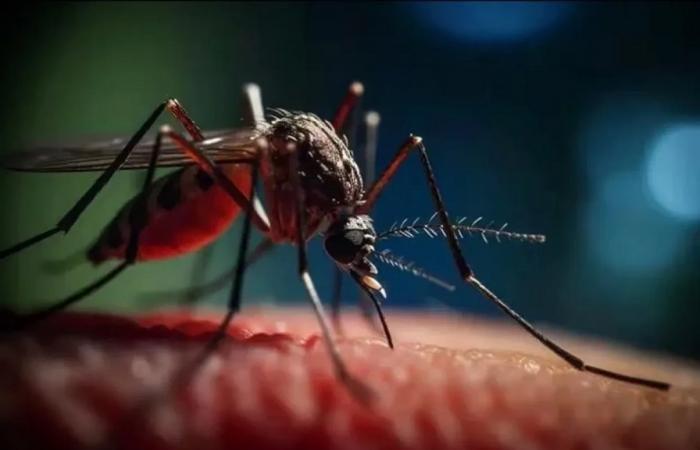The health system of Pinar del Río is activated like that of the rest of the country, after the confirmation in nine Cuban provinces of the presence of the Oropouche virus, as of samples studied at the national reference laboratory of the Pedro Kourí Institute of Tropical Medicine (IPK), according to the official website of the Ministry of Public Health (Minsap).
Matanzas, Mayabeque, Villa Clara, Sancti Spiritus, Ciego de Avila, Holguin, Guantanamo, Santiago de Cuba and Cienfuegos have presented positive cases, while Pinar del Río to date has not confirmed any.
Dr. Giselle Ramos Águila, deputy director of Epidemiology at the Provincial Center for Hygiene, Epidemiology and Microbiology, said that all cases of nonspecific febrile syndromes are monitored daily in order to detect in a timely manner the places where there is an increase in the febrile syndrome.
It clarifies that once detected, the entomoepidemiological analysis is carried out and the cases that have fever are evaluated, to be able to specify which disease it is, whether Oropouche or dengue, based on the similarity of the symptoms.
Patients can go to the clinics, polyclinics of the different health areas and hospitals, where the medical staff is trained to treat any non-specific febrile syndrome that may arise. He added that as long as there are no complications with patients who have another associated morbidity that may become decompensated and require admission to a hospital, the indicated treatment is symptomatic.
Dr. Francisco Durán, National Director of Epidemiology at the Ministry of Public Health, recently explained to the press that “the clinical picture that manifests as a consequence of the disease is mild, preceded by an incubation period of five to seven days, which is characterized by fever; headaches, muscle and joint pain; and sometimes vomiting and diarrhea are also reported.”
He further noted that An increase in the incidence rate of suspected dengue cases is reported, especially in the special municipality of Isla de la Juventud and the provinces of Santiago de Cuba, Guantánamo, Ciego de Ávila, Camagüey, Holguín and Cienfuegos. He stressed that unlike Oropouche, the clinical picture of this disease can evolve into serious forms and cause death, which is why he insists on the need to go to the doctor in a timely manner.
Reflects the Minsap communication that Both viruses are transmitted by mosquitoes: dengue by Aedes aegypti, and Oropouche fever (OROV) by mosquitoes of the Culex genus and dipterans of the culicidae genus (Jejen culicoide), characteristics that complicate the epidemiological scenario on the Island and its control, together with the inadequate environmental conditions, in addition to the current high temperatures and increased rainfall in the national territory.
The deputy director of Epidemiology in Pinar del Río insisted on the vital need for there to be surveillance, for autofocus to be carried out in homes and workplaces, to prevent the spread of the mosquito.


